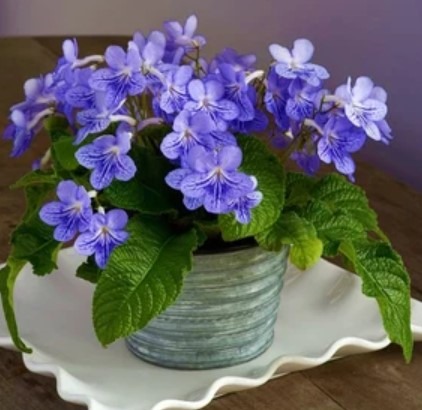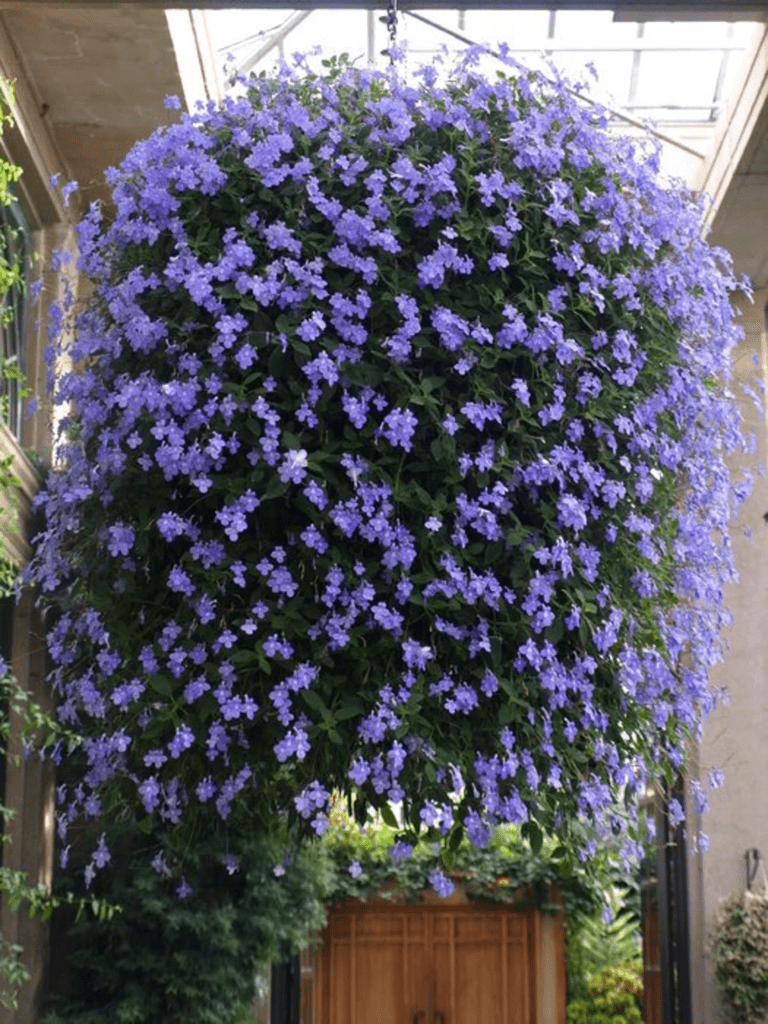Violet Blue Cape Primrose Streptocarpus – mygardenchannel
Streptocarpus: A Fascinating Genus of Cape Primroses

Introduction: The world of plants is full of captivating and diverse species, each with its unique beauty and characteristics. Among them, the genus Streptocarpus stands out for its enchanting flowers and captivating foliage. Streptocarpus, commonly known as Cape primroses, encompasses numerous species that have captivated gardeners and indoor plant enthusiasts alike. This essay aims to explore the remarkable features, cultivation tips, and the allure of the violet-colored Cape primroses within the genus Streptocarpus.
Overview of Streptocarpus: The genus Streptocarpus is a part of the family Gesneriaceae, which includes other popular plants like African violets. Native to southern Africa, particularly the Cape region, Streptocarpus species have adapted to a variety of environments, including forests, rocky outcrops, and meadows. Known for their rosettes of elongated leaves and striking flowers, these plants have become sought-after additions to both indoor and outdoor gardens.
Characteristics and Habit of Cape Primroses: Cape primroses exhibit a range of characteristics that make them stand out. The leaves of Streptocarpus plants can be either smooth or hairy, depending on the species or cultivar. The foliage forms attractive rosettes, adding a touch of elegance to the overall plant appearance. The violet-colored Cape primroses, specifically, are cherished for their mesmerizing blooms. The flowers of these varieties showcase shades of violet, ranging from deep and rich purples to lighter lilac hues, creating a visually stunning display.
Cultivation Tips for Violet Cape Primroses: Cultivating violet Cape primroses can be a rewarding experience for plant enthusiasts. Here are some essential tips to ensure the health and vitality of these remarkable plants:
Caring For Violet Cape Primrose
- Lighting Requirements: Violet Cape primroses thrive in bright, indirect light. Placing them near a north or east-facing window is ideal, as it provides them with the necessary light without exposing them to direct sunlight, which can scorch their delicate leaves.
- Temperature and Humidity: Maintaining moderate temperatures between 65-75°F (18-24°C) is crucial for the optimal growth of violet Cape primroses. Additionally, they appreciate moderate humidity levels. If the air in your home is dry, consider using a humidifier or placing the plant on a tray filled with pebbles and water to increase humidity around it.
- Watering and Soil: These plants prefer consistently moist but well-draining soil. Water them thoroughly when the top inch of soil feels dry to the touch, ensuring that excess water drains away to prevent root rot. Using a well-draining potting mix specifically formulated for African violets or gesneriads is recommended.
- Fertilization: Regular feeding with a balanced, water-soluble fertilizer formulated for flowering plants is essential to promote healthy growth and abundant blooms. Follow the package instructions for proper dilution and frequency.
- Propagation: Propagating violet Cape primroses can be achieved through various methods, including leaf cuttings and division. Leaf cuttings can be rooted in a moist potting mix, while division involves separating the plant into smaller clumps, each with its own roots and leaves.
Conclusion: In the realm of captivating plants, Streptocarpus, with its wide array of species and cultivars, holds a special place. While specific information about the “violet cape primrose” may be elusive, violet-colored Cape primroses within the Streptocarpus genus undoubtedly possess an enchanting allure. From their elegant rosettes of elongated leaves to the mesmerizing shades of violet adorning their flowers, these plants add a touch of beauty to any indoor or outdoor space. By providing them with suitable growing conditions and care, gardeners and plant enthusiasts can enjoy the splendor of violet Cape primroses and appreciate the wonders of nature’s diversity.
